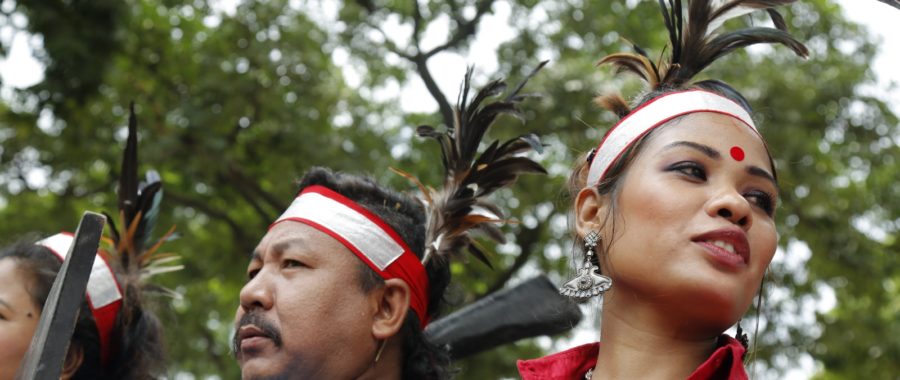
epa06133316 Members of the Bangladeshi indigenous community attend a rally to mark the World Indigenous Peoples Day, at the central Shaheed Minar in Dhaka, Bangladesh, 09 August 2017. Over 50 different indigenous societies live in Bangladesh, scattered around the country. Among them, their female members are perhaps some of the people most excluded from the rest of society, in terms of education, health care and government resources. EPA/ABIR ABDULLAH Dostawca: PAP/EPA.
Bangladesz: Światowy Dzień Ludności Rdzennej [GALERIA]
Ponad 50 różnych rdzennych społeczności mieszka w Bangladeszu. Są one rozmieszczone po całym kraju. Wśród nich właśnie kobiety są najbardziej wykluczoną społecznością pod względem edukacji, opieki zdrowotnej i udziału w polityce. Fot. PAP/EPA.
- epa06133314 Bangladeshi indigenous woman perform a traditional dance to mark the World Indigenous Peoples Day, at the central Shaheed Minar, in Dhaka, Bangladesh, 09 August 2017. Over 50 different indigenous societies live in Bangladesh, scattered around the country. Among them, their female members are perhaps some of the people most excluded from the rest of society, in terms of education, health care and government resources. EPA/ABIR ABDULLAH Dostawca: PAP/EPA.
- epa06133315 Bangladeshi indigenous women perform a traditional dance to mark the World Indigenous Peoples Day, at the central Shaheed Minar, in Dhaka, Bangladesh, 09 August 2017. Over 50 different indigenous societies live in Bangladesh, scattered around the country. Among them, their female members are perhaps some of the people most excluded from the rest of society, in terms of education, health care and government resources. EPA/ABIR ABDULLAH Dostawca: PAP/EPA.
- epa06133316 Members of the Bangladeshi indigenous community attend a rally to mark the World Indigenous Peoples Day, at the central Shaheed Minar in Dhaka, Bangladesh, 09 August 2017. Over 50 different indigenous societies live in Bangladesh, scattered around the country. Among them, their female members are perhaps some of the people most excluded from the rest of society, in terms of education, health care and government resources. EPA/ABIR ABDULLAH Dostawca: PAP/EPA.
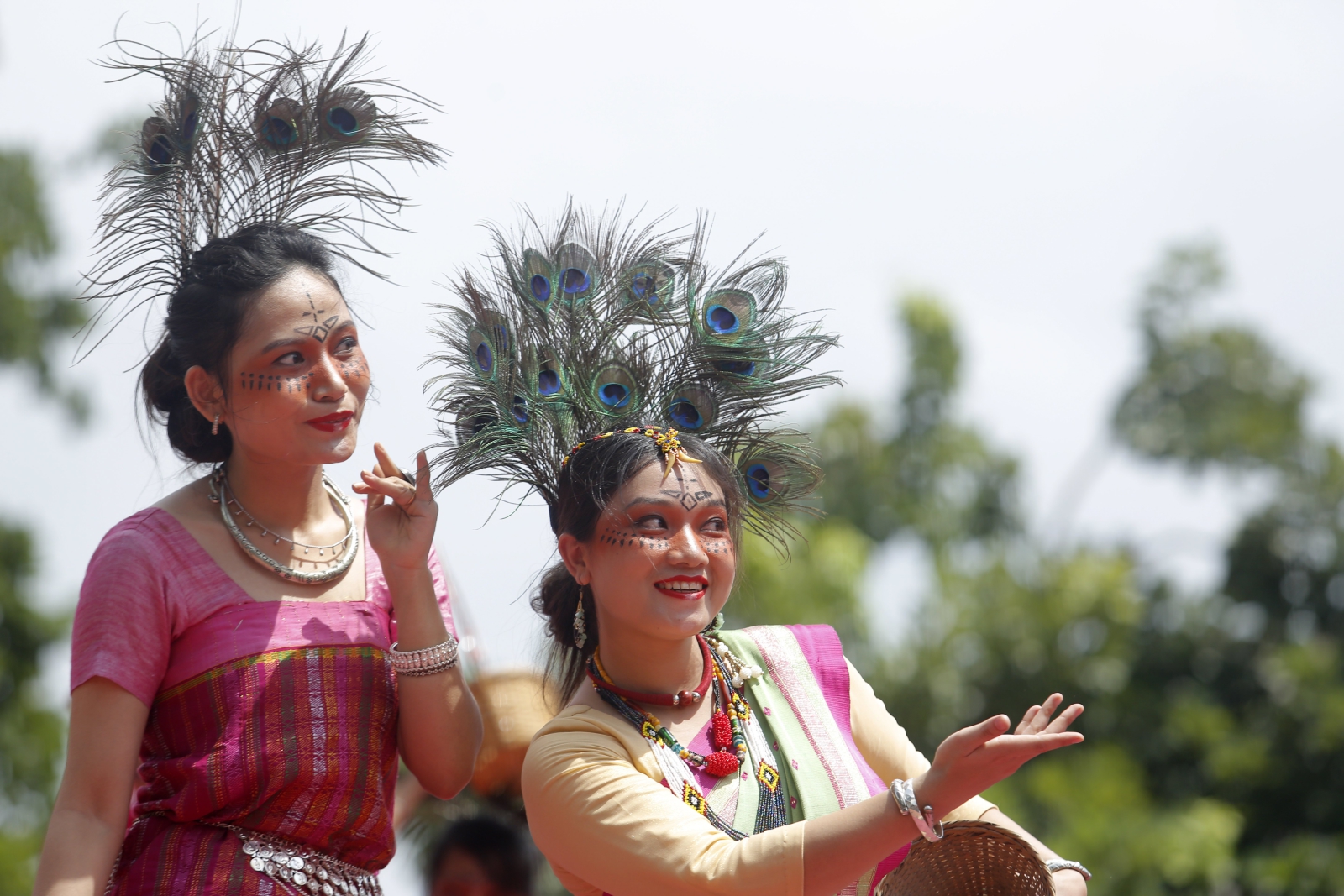
- epa06133319 A Bangladeshi indigenous woman performs a traditional dance to mark the World Indigenous Peoples Day at the central Shaheed Minar, in Dhaka, Bangladesh, 09 August 2017. Over 50 different indigenous societies live in Bangladesh, scattered around the country. Among them, their female members are perhaps some of the people most excluded from the rest of society, in terms of education, health care and government resources. EPA/ABIR ABDULLAH Dostawca: PAP/EPA.
- epa06133321 Members of the Bangladeshi indigenous community perform a dance to mark the World Indigenous Peoples Day, at the central Shaheed Minar in Dhaka, Bangladesh, 09 August 2017. Over 50 different indigenous societies live in Bangladesh, scattered around the country. Among them, their female members are perhaps some of the people most excluded from the rest of society, in terms of education, health care and government resources. EPA/ABIR ABDULLAH Dostawca: PAP/EPA.









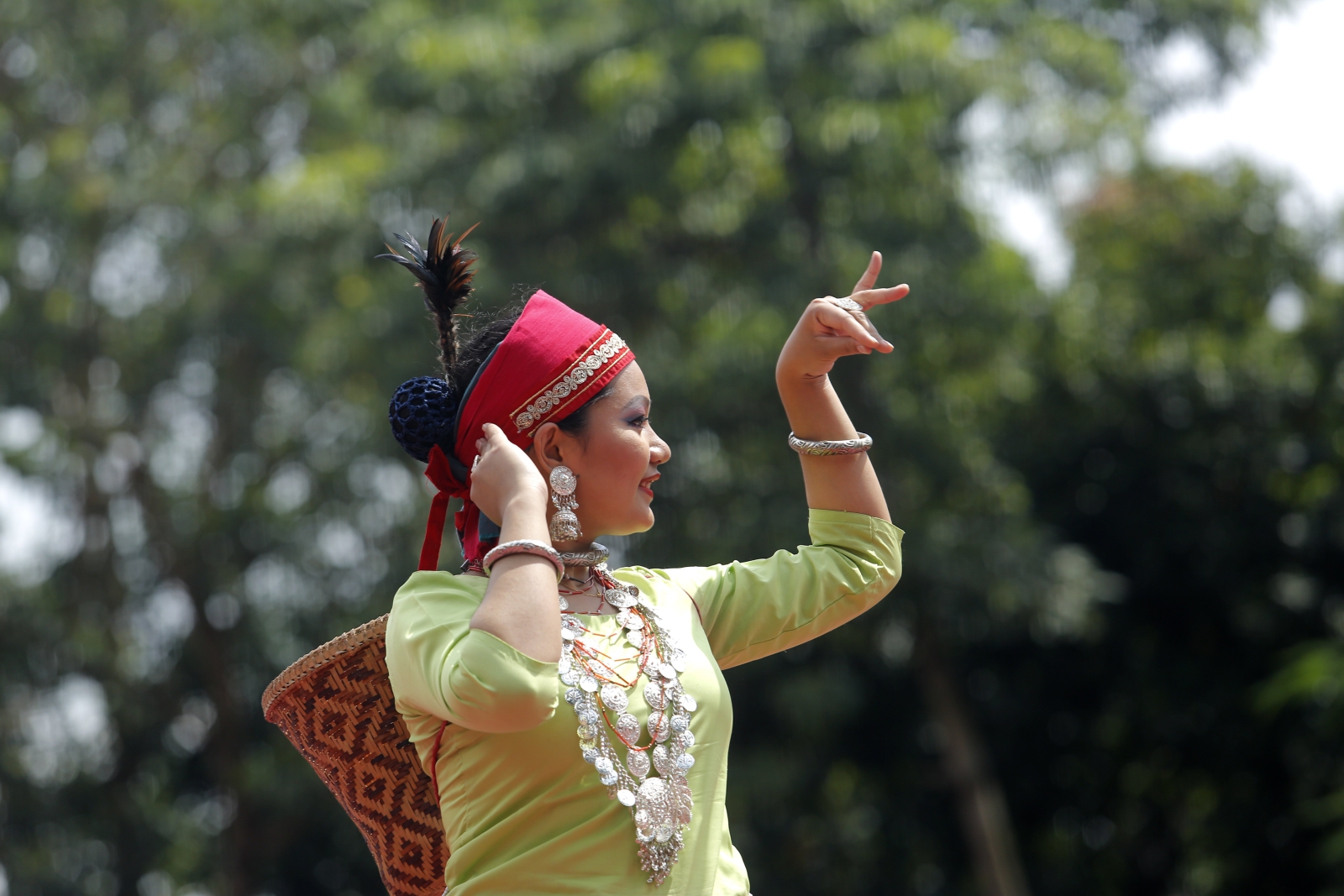
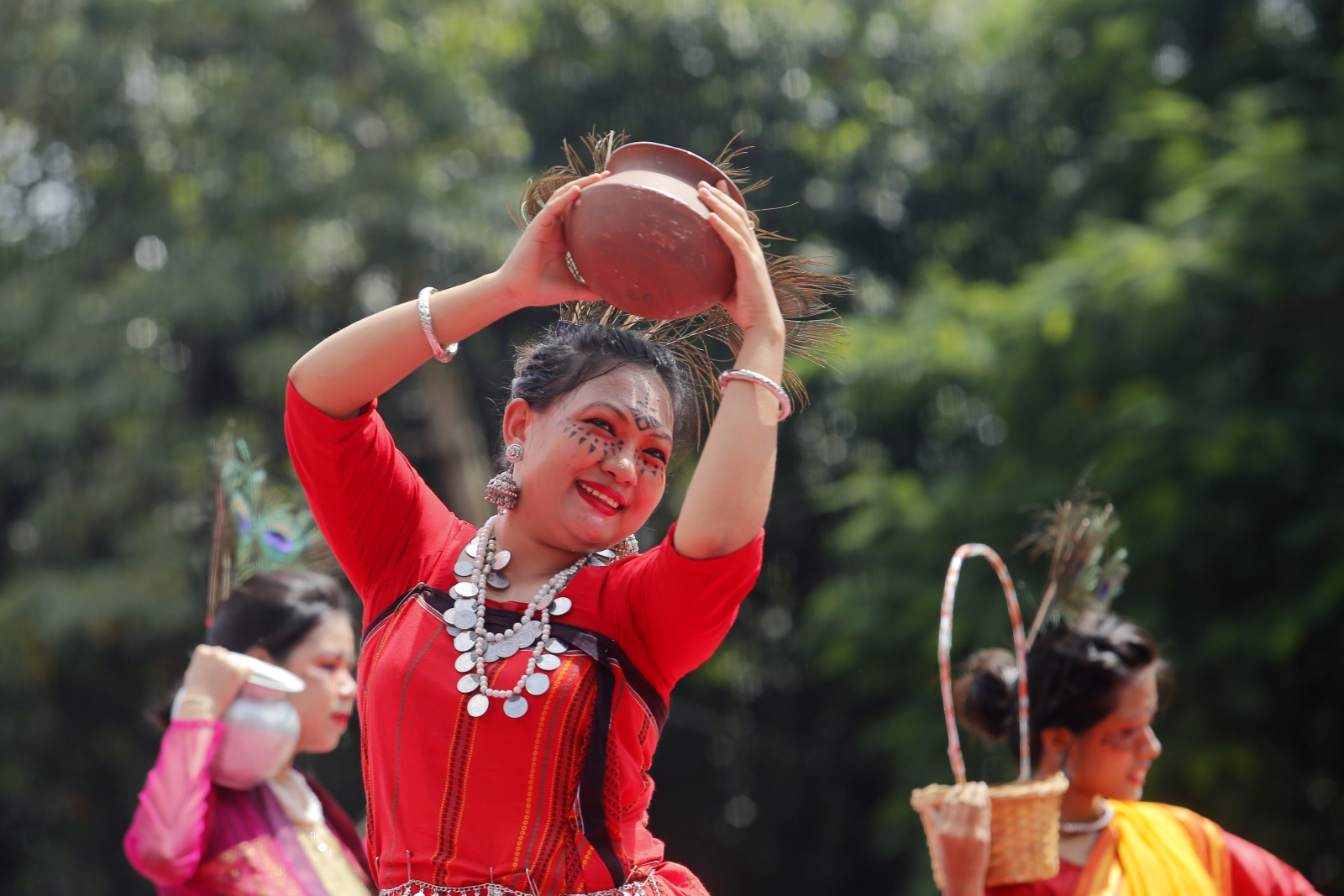

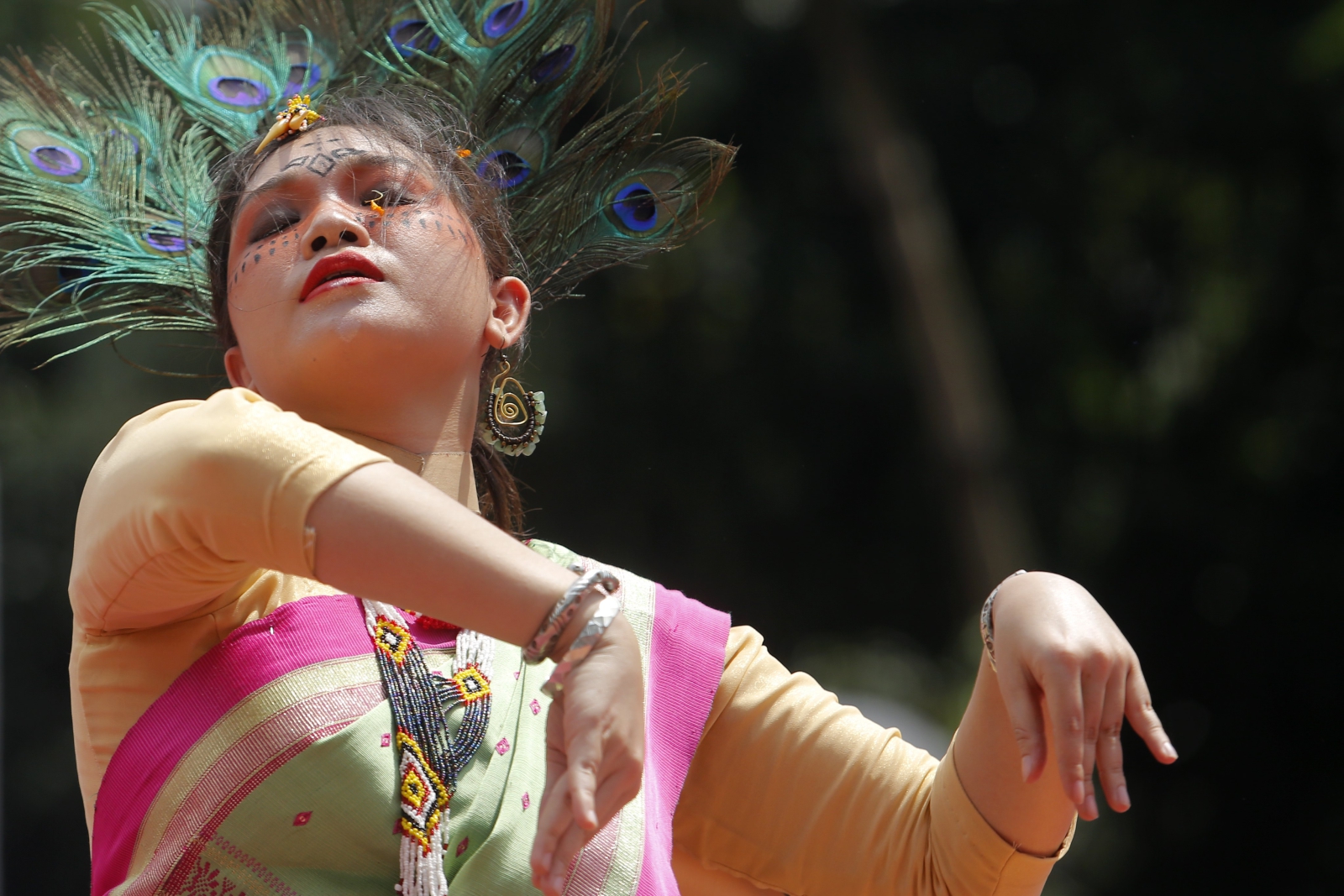



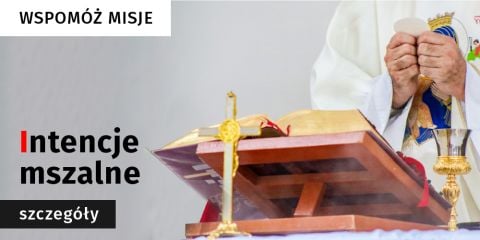
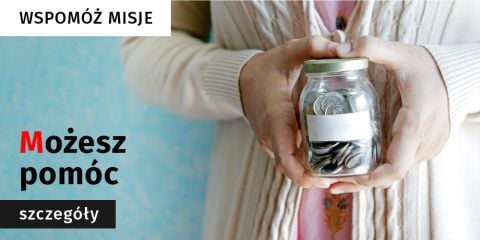

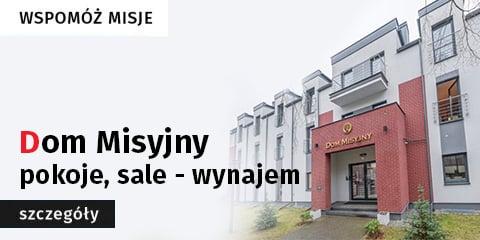
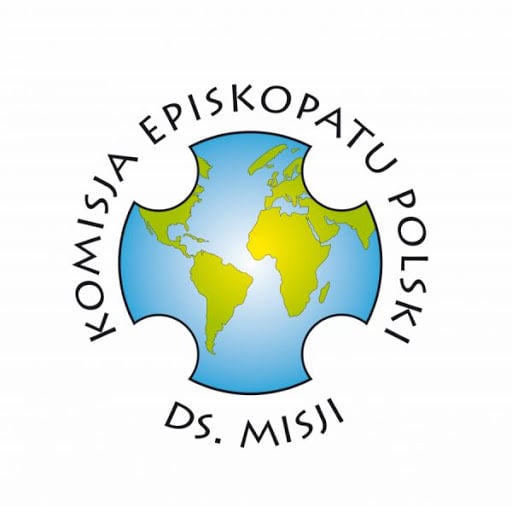



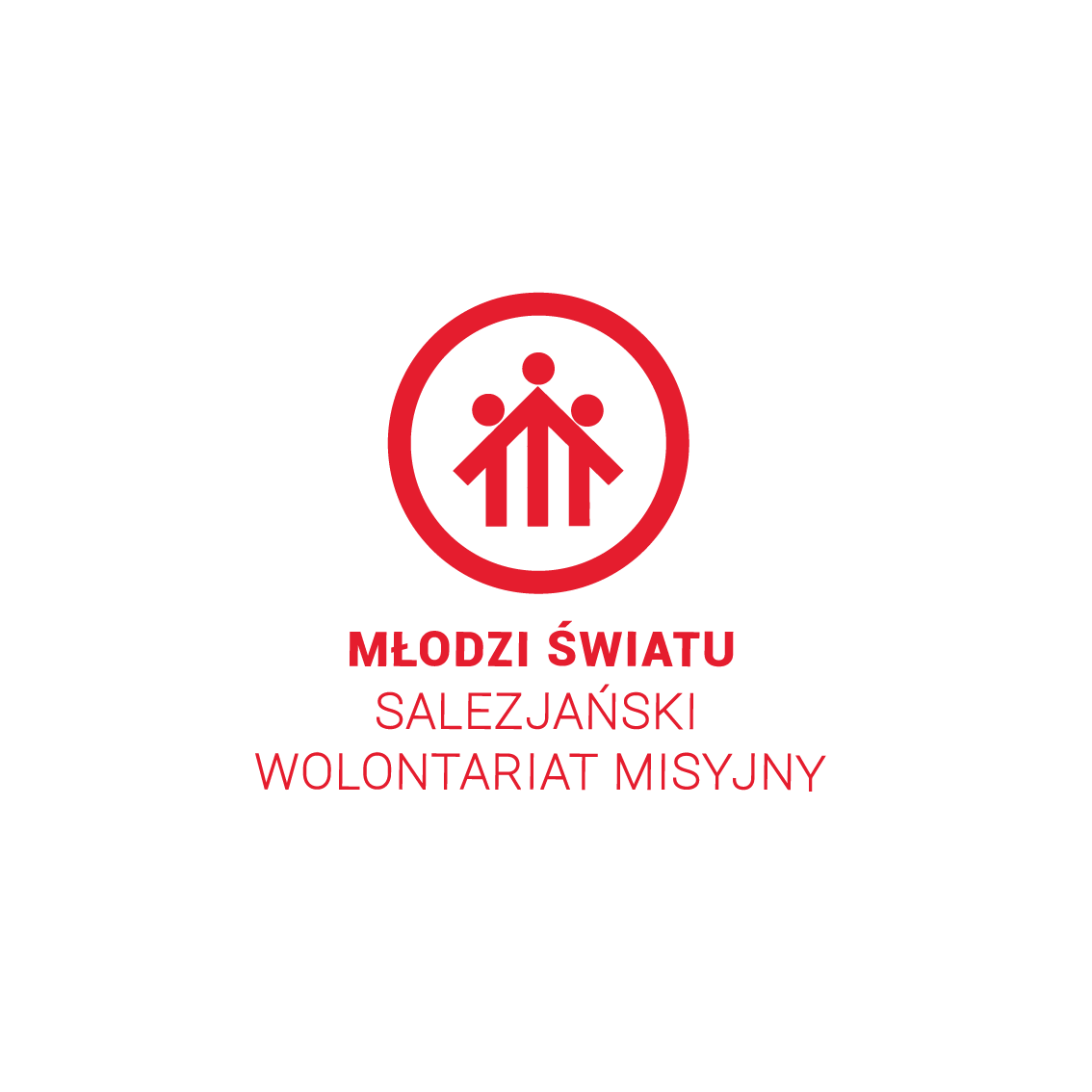
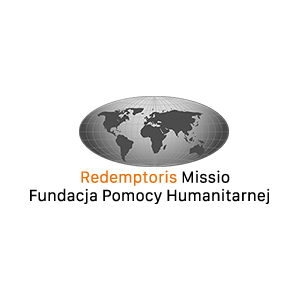




 Wiadomości
Wiadomości Wideo
Wideo Modlitwy
Modlitwy Sklep
Sklep Kalendarz liturgiczny
Kalendarz liturgiczny